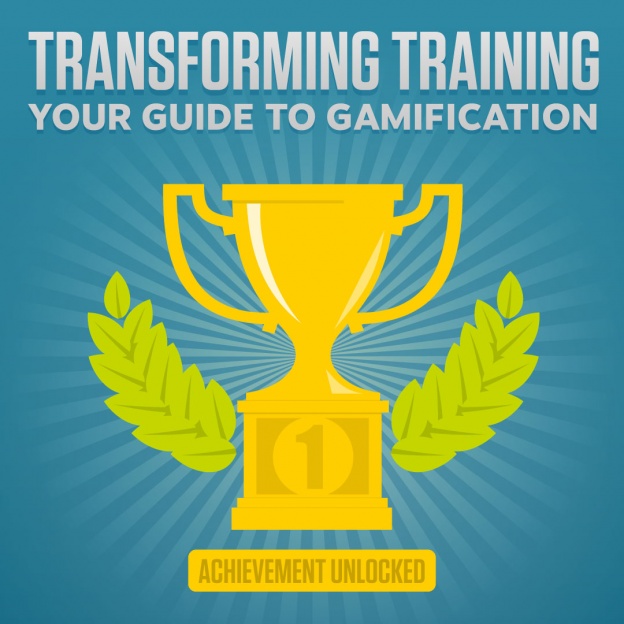Transforming Training: Your Guide to Gamification
04.14.2016
Written By Anthony Gerstner, Training Manager at BDSmktg
You’ve spent many hours designing training content that will teach your audience everything they need to know about the subject matter. You release that online course to the world, or begin facilitating the training to your audiences. Everything is going great, but there’s just one problem – your training doesn’t seem to be improving the knowledge of those who take the training. You dive into the research and find that no one’s viewing the course you worked so hard to design; they’re simply skipping to the quiz and taking it until they pass. You look out at your audience during a training and see them with either eyes glazed over, or distracted by all the devices right at their fingertips.
Sometimes as trainers or instructional designers, we become set in our ways. We get so excited about sharing great information with our audiences that we forget to actually get the audiences excited to hear it. We have so much great information to share that we try to cram it all in, even when we know there isn’t enough time to do the information justice. The audience has no time to process the information they just heard, nor are they involved in the learning process.
Enter stage left the new buzzword in the training industry: gamification. At its core, in the learning sense, it means embedding game elements into your training experience. Audiences score points, earn rewards/badges, and compete amongst themselves to attain higher rankings. Yet, because of the overuse of these buzzwords, gamification has become a substitute for interactivity. Any element of interactivity from small group discussions in an instructor-led training, to quiz questions beyond multiple-choice options being used in an online course, can be labeled as ticking the gamification checkbox.
Audiences today demand more from their trainings. They want and need to be involved in the learning process in order for the information to be retained. With that said, it can’t just be the same old “tried-and-true” activities and quiz questions. Audiences come to expect it and roll their eyes at the unoriginality of yet another training. As trainers, instructional designers, and others in employee learning and development, we need to experiment with new ways to engage our audiences and keep their focus on learning the content rather than just checking a box.
Here at BDS, we use a number of tools in our online and offline courses to engage the learners and break up the monotony they might normally experience in such a course. We engage and excite our learning audience pre-training, allowing the hype to build up and, of course, then we have to deliver! We use a variety of intrinsic and extrinsic elements, mix in instant-win components and surprise and delight elements to catch the learner pleasantly off guard, triggering that “I want more” feeling.
In holding live, instructor-led trainings, we are constantly experimenting with new games and activities or tweaking the tried-and-true methods to see how they can be improved. Still, the focus can’t just be on only having fun – there has to be an ultimate take-away from the activity/game. After all, if they aren’t learning anything, there’s no point in holding a training.
Involving our audiences and providing fun activities that surprise them can ultimately help their knowledge retention and application. We can improve the experience for everyone and avoid a lot of wasted hours on content that isn’t getting the desired results. When gamification is successfully executed, employees are not only more successful, but also are encouraged to learn more and develop further.
Sources:
http://www.theatlantic.com/technology/archive/2011/08/gamification-is-bullshit/243338/
https://www.knewton.com/infographics/gamification-education/